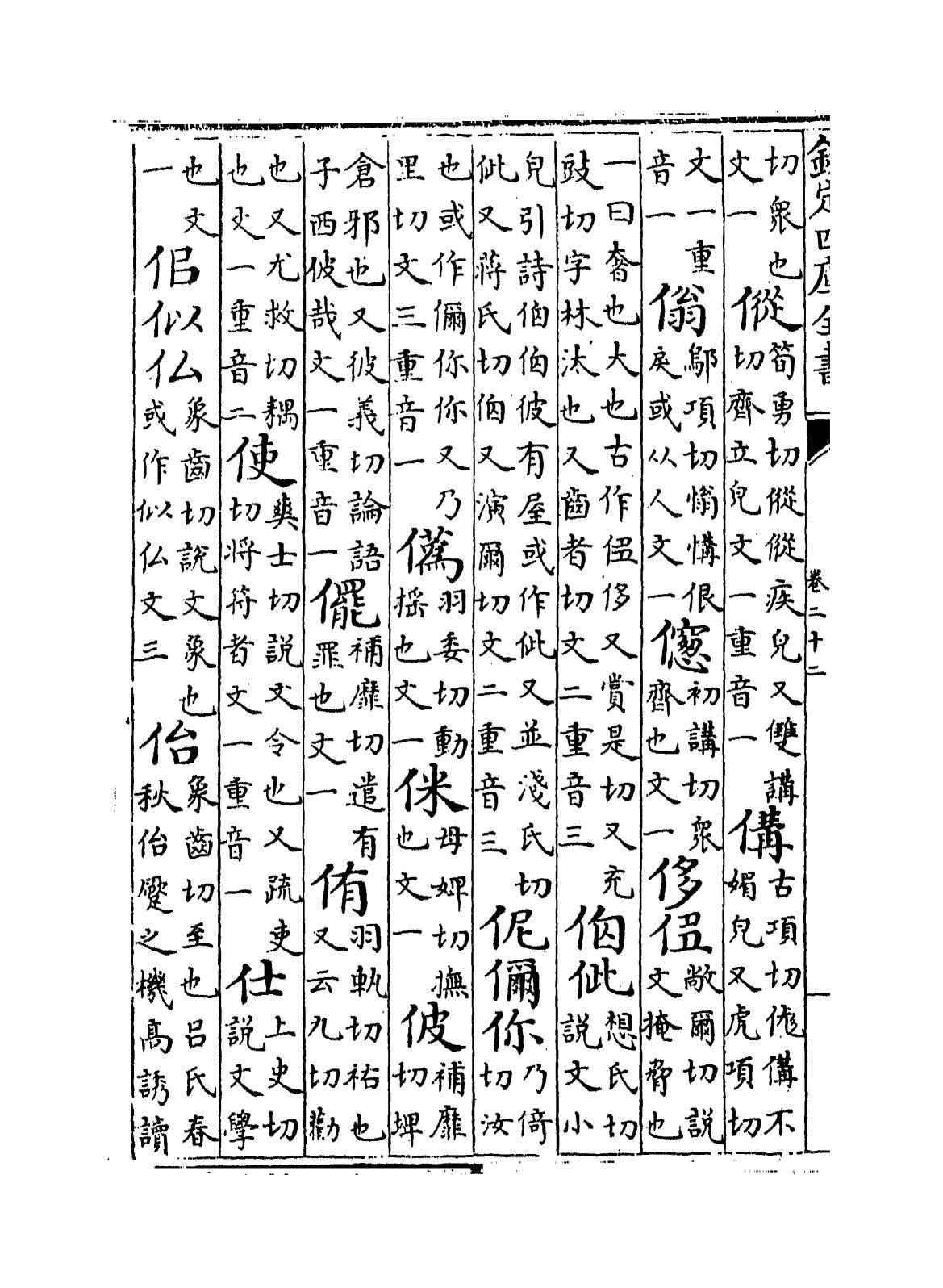I found an interesting question posted on Reddit's /r/ChineseLanguage: If 你 is 亻(人) + 尔 , but 尔’s tradicional version is 爾 , shouldn’t 你’s traditional version be 儞 ?? I don't know the answer so I thought I'd re-ask it here. Some answers given there were:
- marktwainbrain: According to Pleco, 儞 does exist and it is an old variant of 你.
- catoncurtain: Well actually you are right, 儞
- CosmicBioHazard: basically 儞 simplified down to 你 ages and ages before "simplified Chinese" was introduced.
I'm not sure if any of these are correct, although CosmicBioHazard's answer seems reasonable. The Pleco entry is actually the CC-CEDICT entry:
儞 儞 [ni3] /old variant of 你[ni3]/
Question: Why is the traditional character for 你 also 你 and not 儞 when the traditional character for 尔 is 爾?
Edit: It was brought to my attention that Quora has a similar question: Why do all of the Traditional Chinese standards use 你 (with the Simplified 尔) but keep 爾? likely posted recently (prior to this question). I was not aware of this at the time of writing this question.
